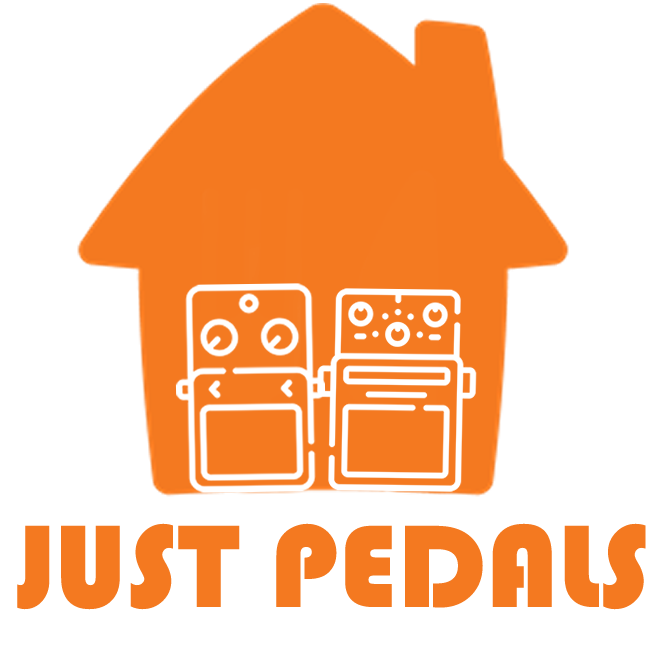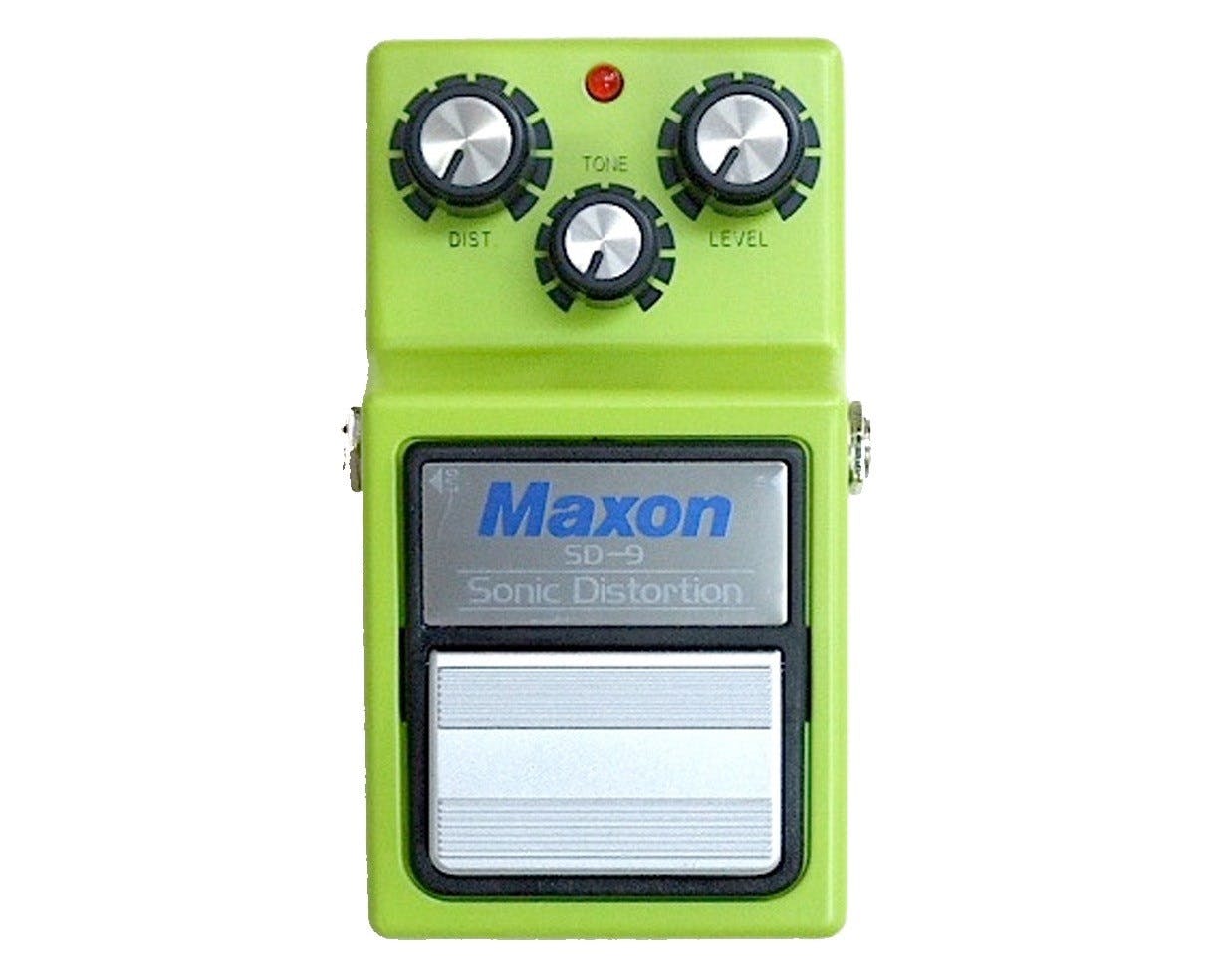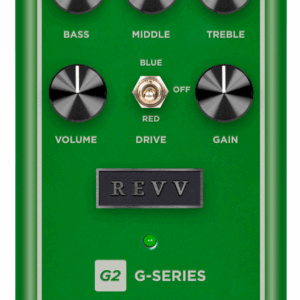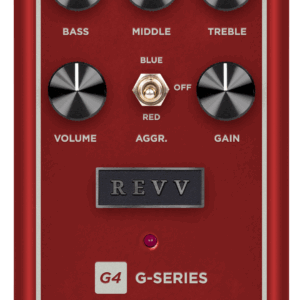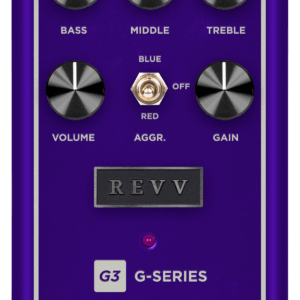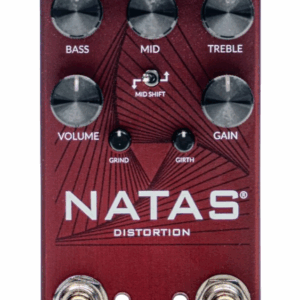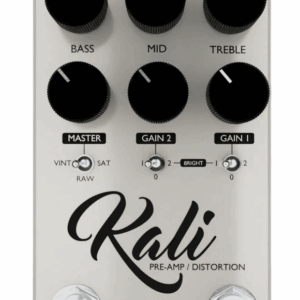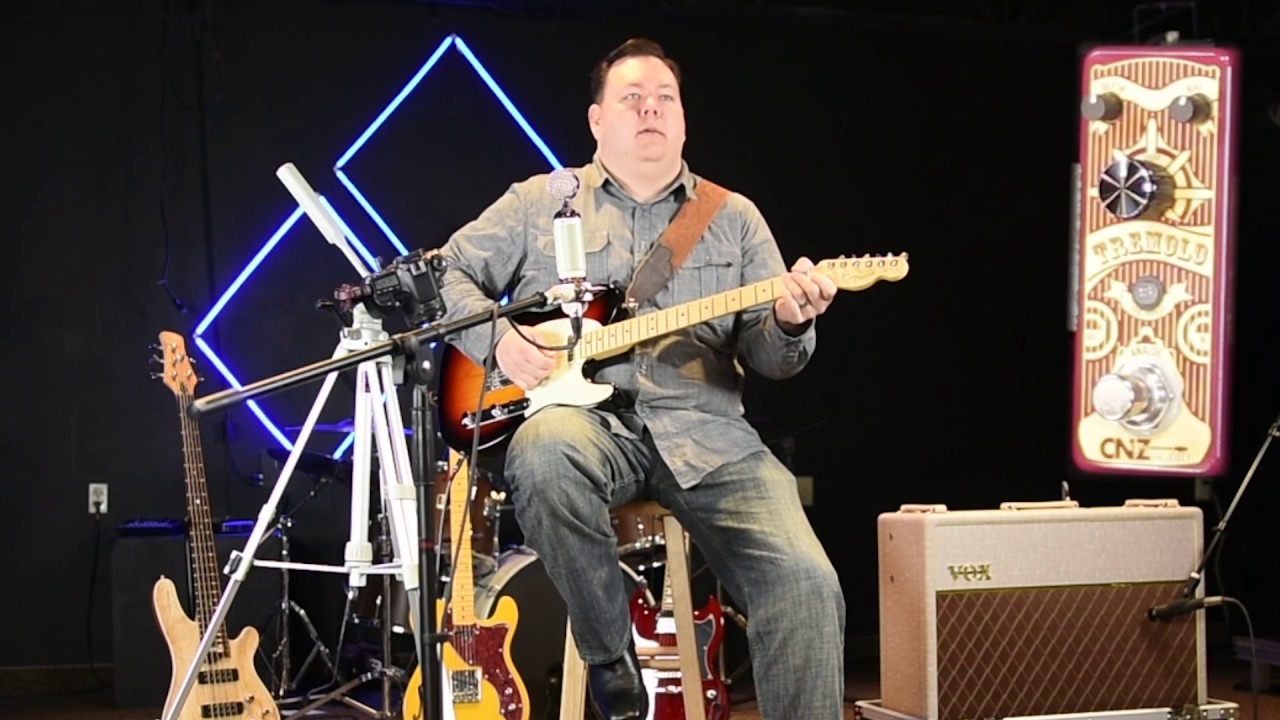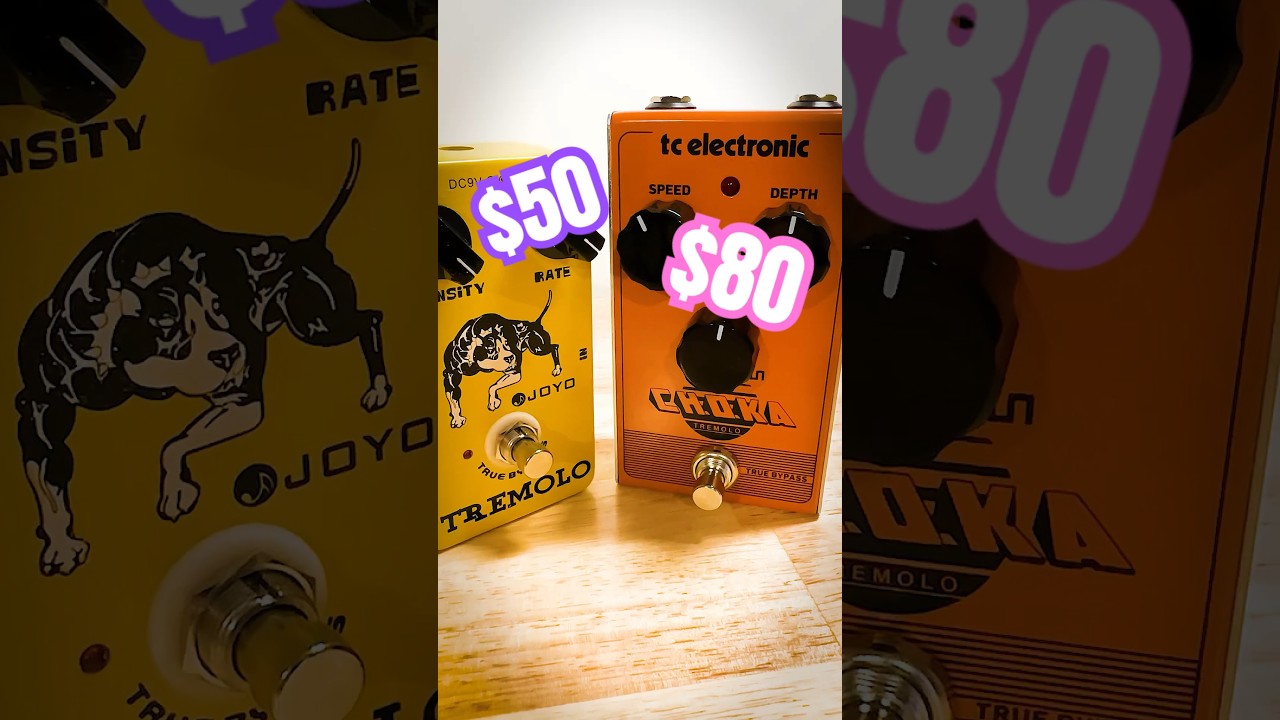Description
here at Just Pedals we love this Maxon SD-9 Sonic Distortion Pedal.
Since its original release in the early 80’s the Sonic Distortion has gained a huge cult following among tone connoisseurs, including the likes of guitar legends Scott Henderson and Mike Landau.
Maxon’s current-production reissue captures all the magic of the original with the added benefit of true bypass switching.
The SD-9 provides a smooth distortion that covers a wide range of Gain levels from mild overdrive through pseudo-fuzz. Regardless of the Gain setting, the SD-9 remains articulate and responsive to note dynamics, providing excellent sustain without crossing over into super-compressed Metal territory.
The SD-9’s Tone knob has plenty of top end on tap, yet notes still retain a round, full-bodied tonality with the low end presence usually associated with amp distortion. The pedal’s midrange response is smooth and even – present without seeming spiked.
Since its humble origins to its current place in the pedalboards of the stars, the Maxon Sonic Distortion has proven itself to be a timeless classic that has only improved with age.
Specifications
- Reissue of classic Distortion from the 80’s
- Great sustain and volume clean-up
- Wide operation range covers mid-gain Overdrive through Fuzz
- Versatile Tone control can provide bright top and tight, punchy lows
- Scott Henderson’s favorite Distortion!
- True Bypass Switching
- Input Impedance: 500K Ohms
- Input Jack: 1/4 inch standard phone jack
- Output Impedance: 10K Ohms
- Output Jack: 1/4 inch standard phone jack
- Output: 1
- Equivalent Input Noise: -114 dB or less (input shorted IHF-A weighted)
- Maximum Output Level: 0 dBm
- Maximum Gain: +42 dB (at 2.0 KHz)
- Controls: Distortion, Tone, Level
- Switch: Normal/Effect (true bypass configuration)
- Power Supply: 9V Manganese dry cell battery (6F22) or special AC adaptor
- Power Voltage: DC9 V (Battery) / DC10 V (AC-adaptor)
- Current Consumption: 6 mA (9 V) / 7 mA (10 V)
- AC Adaptor: AC210N (option) Input: AC120V Output: DC9V/200 mA Center – / Sleeve +)
- Dimensions (whole): 74 mm (W) x 124 mm (D) x 54 mm (H)
- Weight: 580 g
We have new and used Maxon musical equipment available on our website for fast direct delivery from sellers across the UK & Europe.
Maxon is a Japanese company known for its high-quality guitar pedals and effects, particularly its renowned **overdrive** and **distortion** pedals. Founded in 1970, Maxon has built a reputation for creating pedals that deliver rich, transparent tones, which have made them a favourite among professional musicians. The **Maxon OD-808**, for example, is widely regarded as one of the best overdrive pedals ever made, revered for its smooth, natural overdrive that enhances a guitarist?s tone without colouring it too much. Maxon?s range includes a variety of effects, from modulation and delay pedals to boosting and distortion units, all crafted with precision and a focus on durability. Their products are respected for their reliability and tonal quality, making them a staple on pedalboards worldwide.
Distortion is a type of guitar effect that alters the sound by adding sustain, harmonic richness, and a gritty or aggressive character. It clips the audio signal, creating a more saturated and powerful tone. Distortion is commonly used in rock, metal, and punk music, offering everything from warm, crunchy overdrive to heavily saturated, high-gain chaos. Unlike overdrive, which mimics the natural breakup of a tube amp, distortion produces a more intense, compressed, and processed sound. Popular distortion pedals include the Boss DS-1, ProCo Rat, and MXR Distortion+.
Just Pedals is a new Guitar Effect Pedals Marketplace – We feature new and used Guitar Effect pedals from different sellers, to purchase online from the UK.
A pedal is an electronic device that alters the sound of an electric guitar by applying various effects. Pedals are typically connected in a series between the guitar and amplifier, allowing guitarists to switch effects on and off with their feet while playing.
This enables musicians to quickly and easily change their sound, adding versatility and creativity to their performances.
Pedals are essential tools in many musical genres, including rock, blues, jazz, and metal, allowing artists to craft distinctive and dynamic soundscapes.
Once you buy one, you can't stop and then you have to sell them and buy more.
Just the latest videos
Just related products
15% Off £39.99 £33.99
4 Mode Delay and 4 Mode Reverb in One Small Pedal Maximum 2000ms Delay Time with Tap Tempo Function Tap Tempo Function for Real-time RATE Control Special Design Buffer Bypass Circuit Keeps the Sound Pristine Guitar Bass Effects Pedal working with 9V …
read more £334.90
Updated Reissue of 1980’s Super Tube Screamer Circuit Based on classic OD-9/OD808 Dedicated Midrange knob to dial in amount of mid boost Low Boost Switch adds low end punch – great for single coils 9-volt or 18-volt regulated operation (switchable)
